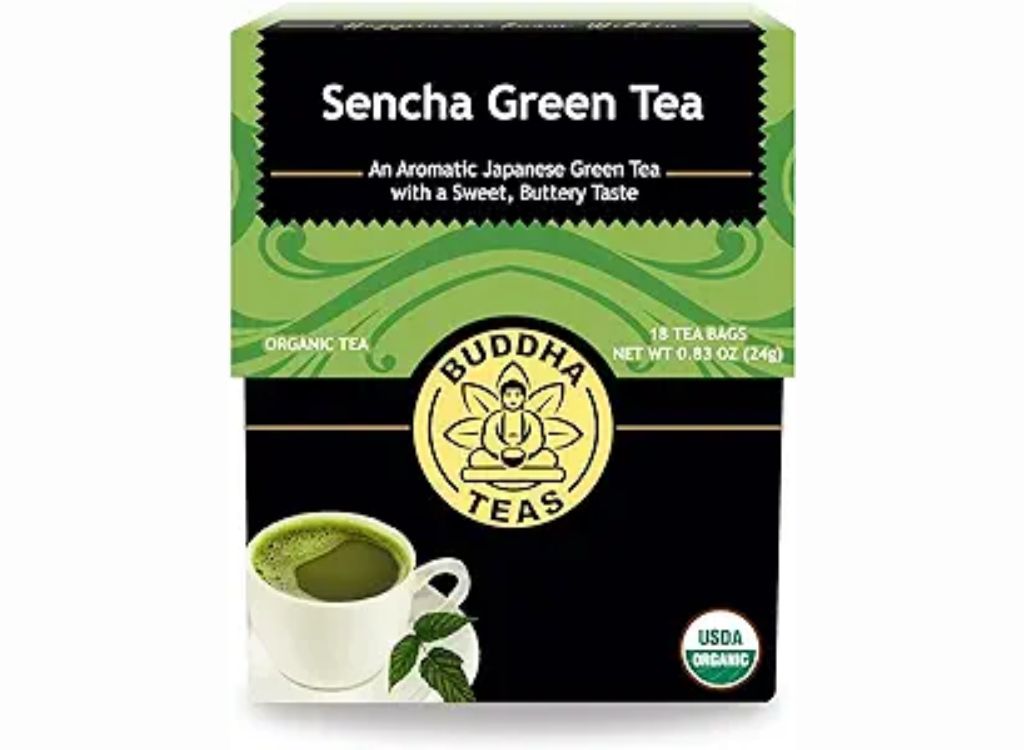Best Green Tea: After the beer, tea is the most consumed drink in the world. 2.64 billion people are consuming cups of tea daily. There is not a single proof that any kind of tea is harmful to us. Green Tea leaves are enriched with antioxidants and phytochemicals that are the most trouble-free ways to overcome diseases such as cancer and cardiovascular function. It enhances mental health and boosts the immune system.

Green tea contains less amount of caffeine than coffee. It is more preferred tea because it contains caffeine which helps raise blood pressure and can cause a problem in indigestion.
The most preferred tea of all is green tea. It is light-toned and is produced from the Camellia Sinensis plants. It is naturally caffeine-free, but it usually contains 25 milligrams of caffeine per 8-ounce serving and is good for the respiratory system.
History of Green Tea

The origination of green tea began in China tracing back to 2737 B.C. It was discovered when the Chinese Emperor Shennong drank the water which unfortunately contained a dead leaf of the Camellia Sinensis plant. He found the flavour incredibly fresh and amazed. That incident is considered to be the most important event in the history of tea.
In the 5th century, during the rule of the Tang dynasty, drinking tea had become a social convention all over China. Formalized “tea ceremonies” took shape and drinking tea became an integral part of the social life of the people of China.
Is Green Tea Supposed to Be Green?
No! The green tea isn’t supposed to be green, but it adopts a greenish-yellow colour after it is made. All types of tea come from the same plant the only difference lies in their processing methods. After the harvesting and drying process, the green tea leaves go through the fermentation process by which the leaves cannot maintain their original colour. The fermentation process increases the level of vitamins and minerals in our bodies.
Benefits of Green Tea
- Among all teas, green tea contains the lowest amount of caffeine.
- Green tea helps us lose weight, by melting the fat in our bodies.
- It decreases the amount of cholesterol in our bodies.
- The cardiovascular function works properly.
- It contains bio-active compounds that improve health.
- It lowers the risk of cancer diseases.
- Kills bacteria on your teeth which improves dental health.
- Green Tea can boost your immune system.
Best Green Tea Listed
Sencha

Sencha green tea is the most popular tea in Japan. The leaves of the plant grow under the sunlight. It is plucked from the very first harvesting season. Not any long process is conducted in the making of sencha, this helps to keep all of its nutrients.
Gyokuro

Gyokuro leaves are known as umami tea. It grew under the shade rather than the full Sun. The liquor is golden-yellow, and the leaves are vividly green. The sip of Gyokuro gives way to delicate buttery seaweed tones.
Tencha

Tencha is the mashed leaves of the Camellia Sinensis plant. The colour of the liquor is pale green and the taste is deep and mellow. Tencha leaves deliver a rich source of antioxidants to support mental clarity and increased energy levels.
Matcha

Matcha green tea is a fine powder of mashed tench. This tea is produced from the plants that are grown under a canopy of trees. It is a great source of nutrients and natural energy with an affordable way to add a delicious healthy boost to smoothies and other dishes.
Funmatsucha

Funmatsucha tea is known for its bitter flavour. It contains a bitter taste and more antioxidants than normal green tea. It is in powder form and serves as ice-cold in summer.
Konacha

Konacha is chopped tea resulting from the harvest of other teas. It is mild sweet, and grassy in flavor. Higher-grade Konacha comes from the leftovers of Gyokuro. This contains a better flavour than the tea leaves that are of the same price.
Longjing

Dragon well is the second name of Longjing tea. It lowers bad cholesterol and helps burn fat in the body. This tea has a very distinctive shape: smooth and perfectly flattened along the inside vein of the leaf
Hojicha

Hojicha is popular for its nutty and smokey flavour. It produces a deep smell and is rich in colour. Hojicha is produced from roasting Japanese green tea known as bancha, which is harvested from the tea plant at the end of the season.

